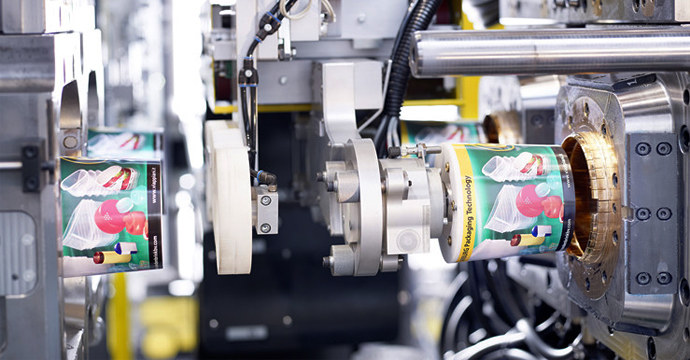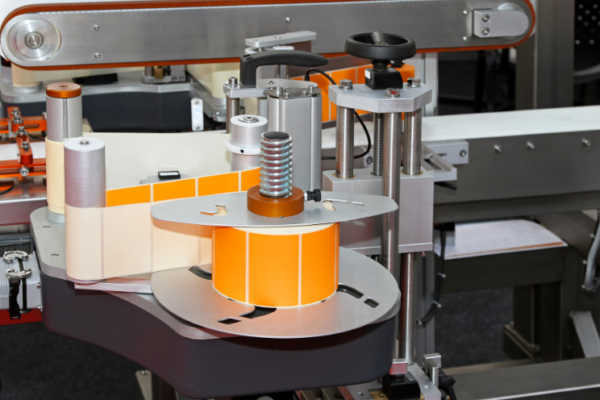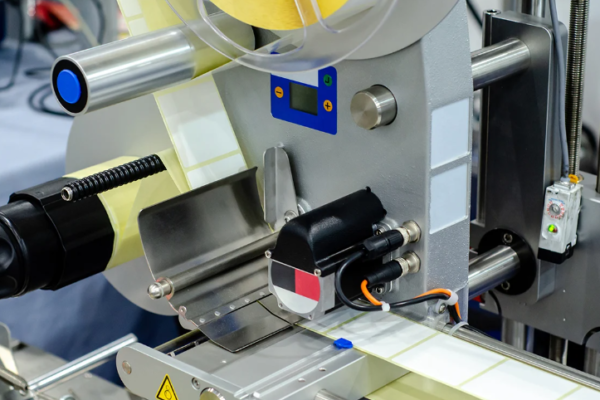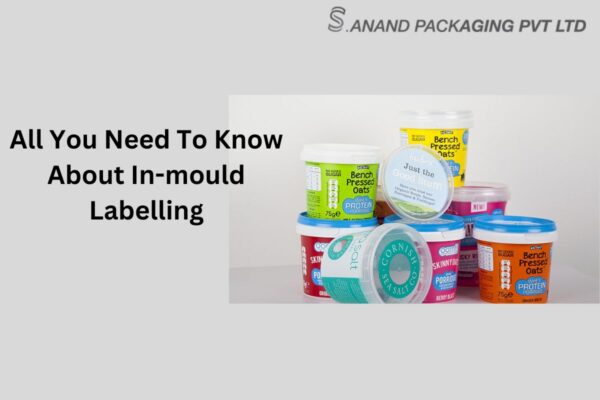

In mould Labelling(IML) is a typical stage in plastic moulding for industries including food, automotive, personal care, and cosmetics, among others, that require permanent labelling. The IML procedure not only ensures permanent labelling but also makes labels that are robust, adaptable, affordable, and sustainable. Indeed, the IML label manufacturer has introduced this to enhance the appearance and performance of any plastic items.
But what precisely does IML printing entail? How do you determine if it’s the best option for your project? In this blog, we’ll give a thorough explanation of in-mould labelling, covering everything from its application to benefits and even types. Read out to learn more.
Advantages to in-mould labelling
Design excellence
High-resolution colours and graphics are available for labels because of in-mould labelling. IML may be seen on both sides of the box and is compatible with a variety of colours. A strong tool for boosting graphic effects, in-mould labelling gives company owners the freedom to implement original design concepts employing flat, curved, or 3D-formed graphics.
Adaptability and Versatility
In-mould labelling can be used in a variety of applications and modified to fit a variety of materials, forms, shapes, and sizes because of its adaptability and versatility. A wide range of customisation choices are available with this procedure, including full-colour, high-resolution graphics and designs that are specifically suited to branding and marketing needs.
Durability
The water resilience of in-mould labelling makes it a dependable labelling choice that can tolerate both humid surroundings and extreme temperature changes (freezing / cooling situations). IML, as opposed to pressure-sensitive labelling, fuses permanently to the container, making it a permanent design solution with superior impact and scratch resistance.
Environment-friendly
Traditional pressure-sensitive labelling techniques call for adhesives that not all recycling facilities will accept. Depending on the type of plastic resin used to create the product, plastic items with IML can be totally recyclable and environmentally benign because the container and label are attached together without the need for outside adhesive.

Types of in-mould labelling processes
Injection moulding: In this process, the design label is inserted into the mould before joining the container. The resin is put into the mould where the label is perfectly merged when the plastic pellets are heated.
Blow moulding: The process of blow moulding is comparable to that of blowing glass. The label is put into the mould before the plastic is added, similar to injection moulding. However, an air stream is used to blow the plastic into the mould rather than injecting it. The label merges with the container after expanding into the correct shape.
Application of Products for In-Mould Labelling
Due to IML’s effectiveness, cost-effectiveness, and customizability characteristics, it has a wide range of applications in a number of industries. The typical IML uses in various industries are listed below.
Food and beverage packaging
Healthcare and Medical Supplies
Industrial and Automotive Parts
Consumer Goods
Now, you must have received a clear picture of in-mould labelling and how it will fit your project. So, if you’re looking for brand packaging & designing labels, get associated with S.A Packaging. We are one of the best label exporters from India offering top-notch quality label solutions for all segments.


